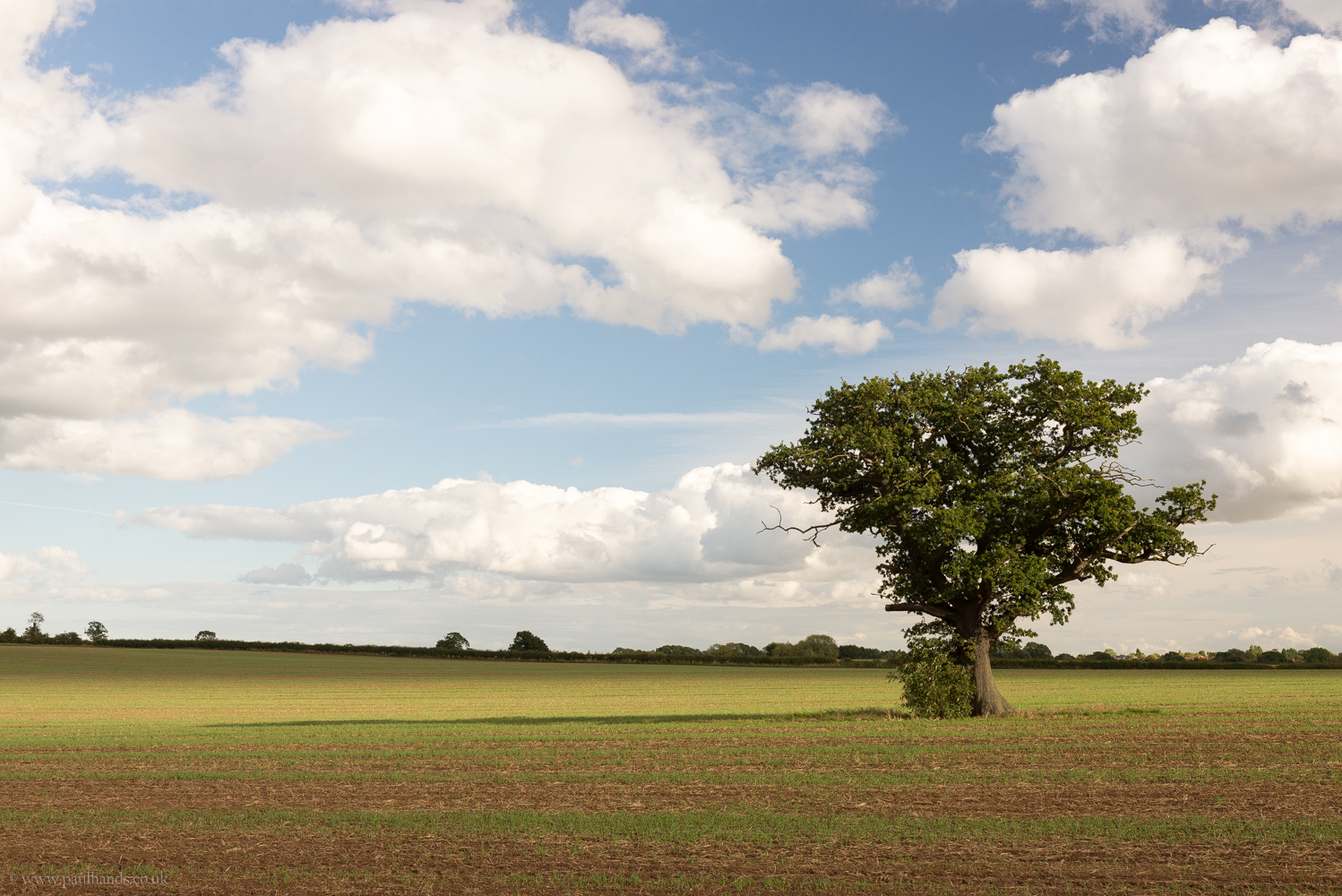Sustainable landscaping focuses on creating outdoor spaces that are environmentally responsible and resource-efficient. Professional landscapers who specialize in sustainable practices prioritize methods that benefit the environment while enhancing the beauty and functionality of landscapes. Here are some key sustainable landscaping practices to consider.
- Use Native Plants: Native plants are adapted to the local climate and soil conditions, making them more resilient and requiring less water, fertilizers, and pesticides. By choosing native plants, landscapers Nuneaton reduce the need for excessive maintenance and support local wildlife. Native plants also help preserve local biodiversity and promote a balanced ecosystem.
- Implement Water-Efficient Irrigation: Efficient irrigation systems help conserve water and reduce waste. Drip irrigation, soaker hoses, and rainwater harvesting systems deliver water directly to plant roots and minimize evaporation and runoff. Professional landscapers design irrigation systems that are tailored to the specific needs of your landscape, ensuring that water is used effectively.
- Promote Soil Health: Healthy soil is essential for sustainable landscaping. Landscapers improve soil health by incorporating organic matter, such as compost and mulch, which enhances soil structure, fertility, and moisture retention. Healthy soil supports strong plant growth and reduces the need for synthetic fertilizers and soil amendments.
- Reduce Lawn Area: Traditional lawns often require significant water, fertilizers, and maintenance. Sustainable landscaping reduces lawn areas by incorporating alternative ground covers, such as clover, or using permeable paving materials. This approach decreases resource consumption and creates a more diverse and eco-friendly landscape.
- Use Sustainable Materials: Choose materials that are recycled, reclaimed, or sustainably sourced for hardscaping and construction. Options include recycled glass, reclaimed wood, and sustainably harvested stone. Using sustainable materials reduces environmental impact and supports responsible resource management.
- Incorporate Green Infrastructure: Green infrastructure practices, such as rain gardens, bioswales, and green roofs, manage stormwater and reduce runoff. These features capture and filter rainwater, reducing the burden on stormwater systems and minimizing pollution. Professional landscapers design green infrastructure solutions that enhance both functionality and aesthetics.
- Support Pollinators: Design landscapes that attract and support pollinators, such as bees, butterflies, and hummingbirds. Include a variety of flowering plants that provide nectar and habitat for pollinators. Sustainable landscapes contribute to the health of pollinator populations and support overall ecosystem health.
- Practice Integrated Pest Management (IPM): IPM focuses on using a combination of biological, cultural, and mechanical methods to manage pests and diseases. This approach reduces reliance on chemical pesticides and promotes a more balanced and natural pest control system. Professional landscapers implement IPM strategies to maintain plant health while minimizing environmental impact.
- Encourage Energy Efficiency: Incorporate landscaping elements that improve energy efficiency and reduce heating and cooling costs. Planting trees and shrubs strategically can provide shade, reduce heat gain, and act as windbreaks. These features help regulate indoor temperatures and lower energy consumption.
- Educate and Involve the Community: Sustainable landscaping practices often involve educating and engaging the community. Professional landscapers can provide workshops, resources, and information on sustainable practices, encouraging homeowners to adopt eco-friendly approaches in their own landscapes.
In conclusion, sustainable landscaping practices focus on using native plants, implementing water-efficient irrigation, promoting soil health, reducing lawn areas, using sustainable materials, incorporating green infrastructure, supporting pollinators, practicing integrated pest management, encouraging energy efficiency, and involving the community. By adopting these practices, professional landscapers create environmentally responsible landscapes that enhance beauty and functionality while supporting ecological health.
